Anatomy / Medicine & Vanities, skeletons
Extremely rare and very large engraving of Anatomy by Crisistomo MARTINEZ,composed of 2 registers:
*the upper one showing several skeletons (11 numbered A, B, C, D, E, F, G, H,I, L and M) in various positions and from different points of view, around amonument.
*The lower part shows various large bones of the human body, numbered inminiscules this time A, B, C, D, E, F, G, H,I, K, L, M, P, Q, X, Y, Z and 3, 4,6, 7, 8, 9,10, 11, and 12.
Please note specially the small skull of child cap n° "d", surroundedby a luminous halo and shown by an enigmatic hand, and the eyeball accompaniedby a diagram of the fields of vision, numbered "p".
Dimensions:
68,3 * 53,3 cm for the engraving
88,5 * 74,5cm for the frame
Condition:
*the engraving has been reinforced by a flexible gluing band on the reverse,corresponding to the old trace of folding
*A stain at the top right between the monument and the head of the skeleton(numbered I), standing along the right edge
*A small spot of red at the foot of skeleton n° H
This large engraving is a counterpart to another model by the same artist,just as rare, mixing the engraving of anatomy -skeleton and muscles, of a manseen from behind, in profile and from the front and of a child with a diagramof proportions of concentric circles, creating a sort of golden ratio ofbalance of measures.
"Crisóstomo Martínez (1638-1694) was a Spanish painter, engraver,anatomist and microscopist, known for his atlas of Anatomy. His work hasbeen attributed to the Spanish intellectual movement called "Novator"which refers to the beginnings of the scientific revolution in the Kingdom of Spain late 17th century. The most innovative aspect of his work was an interestin embryology and microscopy, which he applied to the study of osteology."
"https://en.wikipedia.org/wiki/Crisóstomo_Martinez
"Crisóstomo Martínez (Valencia, 1638; Flanders, 1694). Engraver and painter who, around 1680, began to work on an Anatomical Atlas. At the request of the professors of the University of Valencia and the city authorities, Charles II granted him significant financial assistance to carry out the project. He began the work in Valence and in 1687 he moved to Paris to complete it. It was there that he came into contact with the scientific community of the Academy of Sciences, where he acquired where it acquires a certain relevance. The work was never completed and there is hardly any news of Crisóstomo Martínez beyond 1689. Only one large plate has been published, devoted to the study of the proportions of three naked human figures and a child's skeleton. It appeared in Paris in 1689 and was reprinted in Frankfurt and Leipzig. His drawings and manuscripts, kept in the Valencia City Hall, reflect the movement of scientific renewal that developed in Spain late this century"
The end of Crisistomo MARTINEZ's life remains enigmatic, and very few elementsof this work have been published.
The most important book devoted to the artist and his work, published morethan 40 years after his death,... is himself almost unknown!! Essentially,it explains and captions all the references of the engraving (see below)
Bibliography:
"New exhibition of two large plates engraved and drawn from life, byChrysostome Martinez, Spanish: representing very singular figures ofproportions and anatomy. It is an important work, and useful not only tophysicians and surgeons, but also to all painters, sculptors, engravers,draughtsmen, and generally all learned persons curious to know exactly thestructure of the human body. With the historical praise of the author, followedby two speeches, which explain the two prints printed on these two plates."
Paris 1740, from the printing factory of Ve d'Houry, Rue de la Harpe, to the Saint-Esprit. Digitized by the Interuniversity Health Library of Paris under the inventory number 90958 t. 80 n. 6



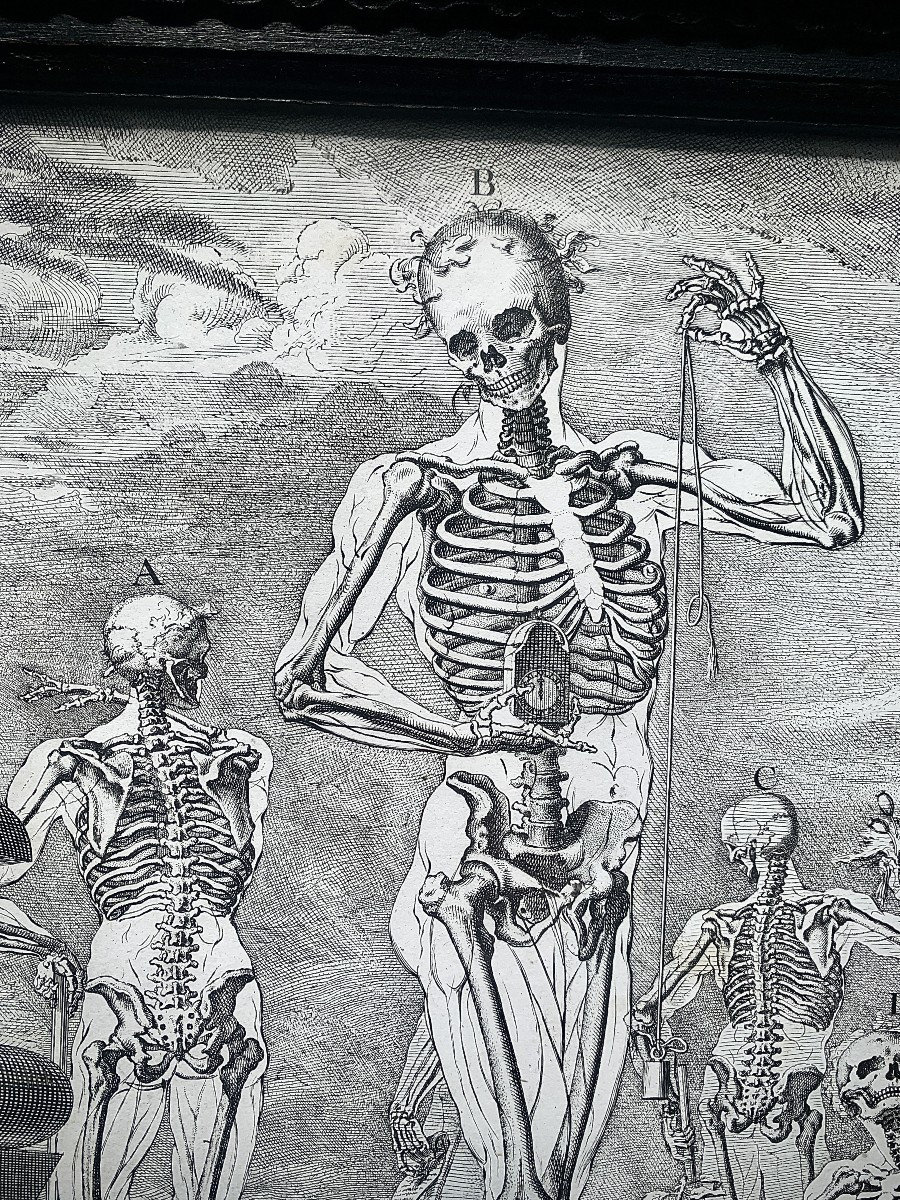
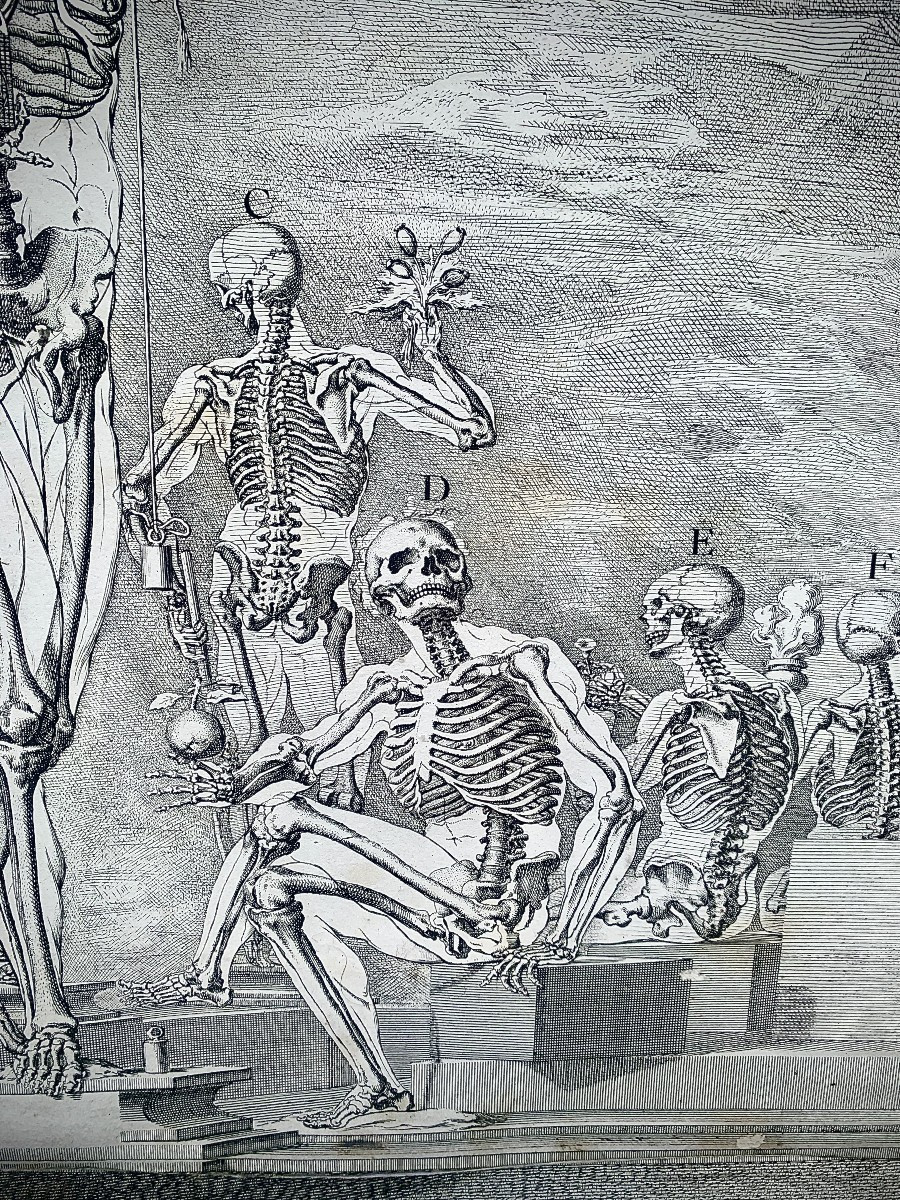
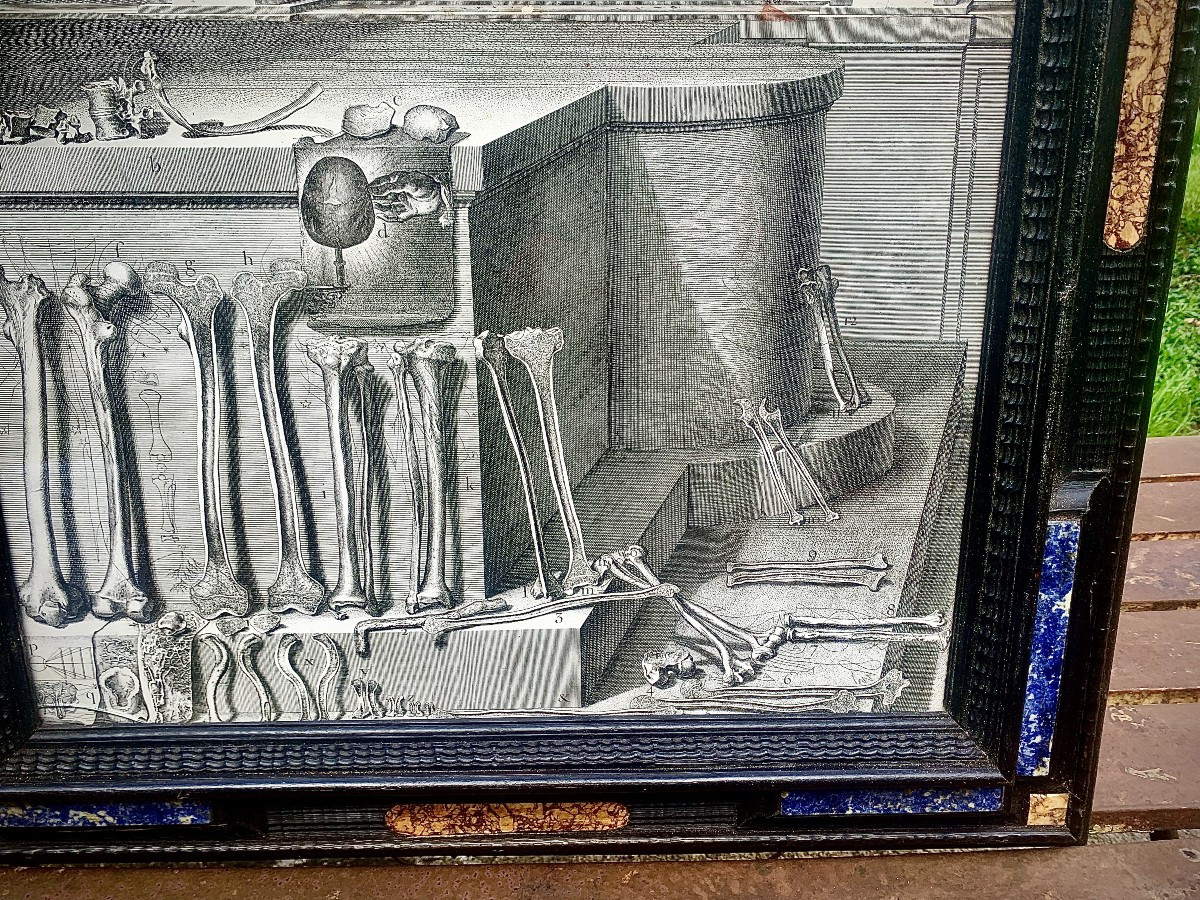
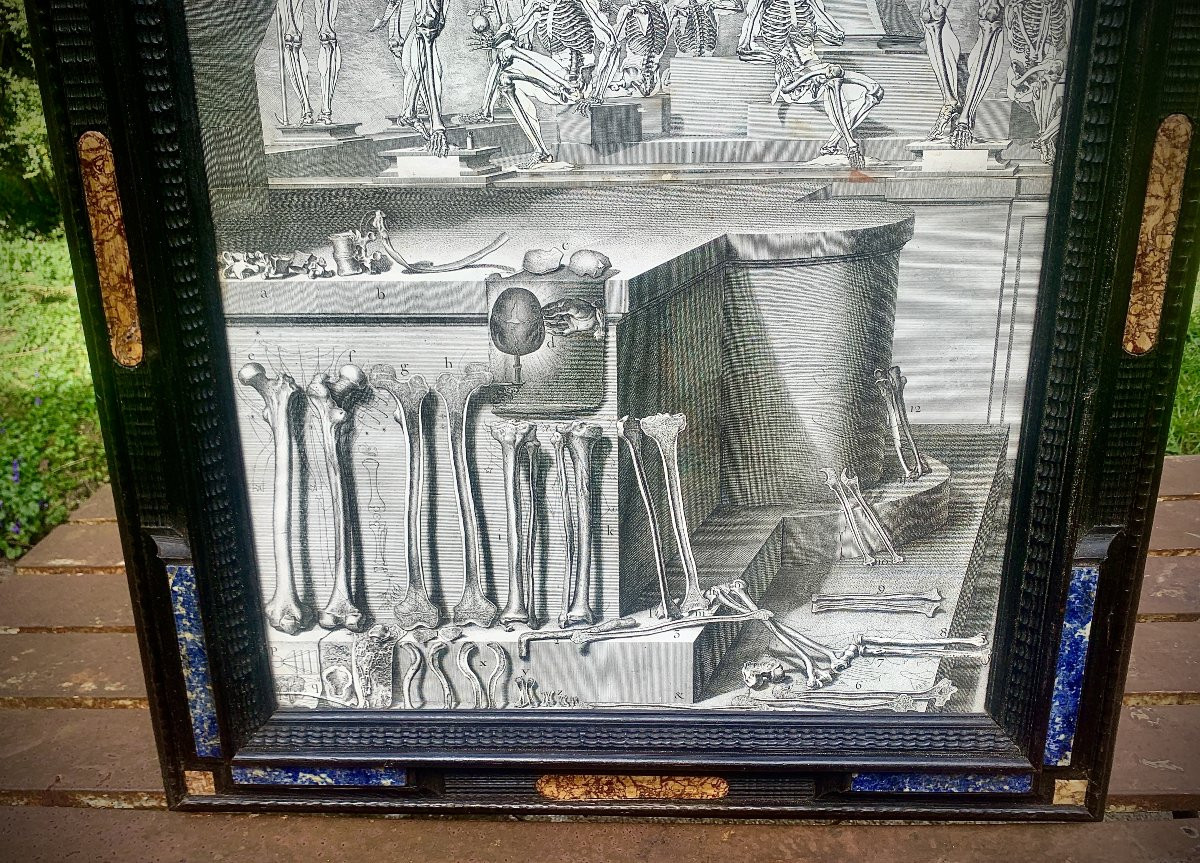
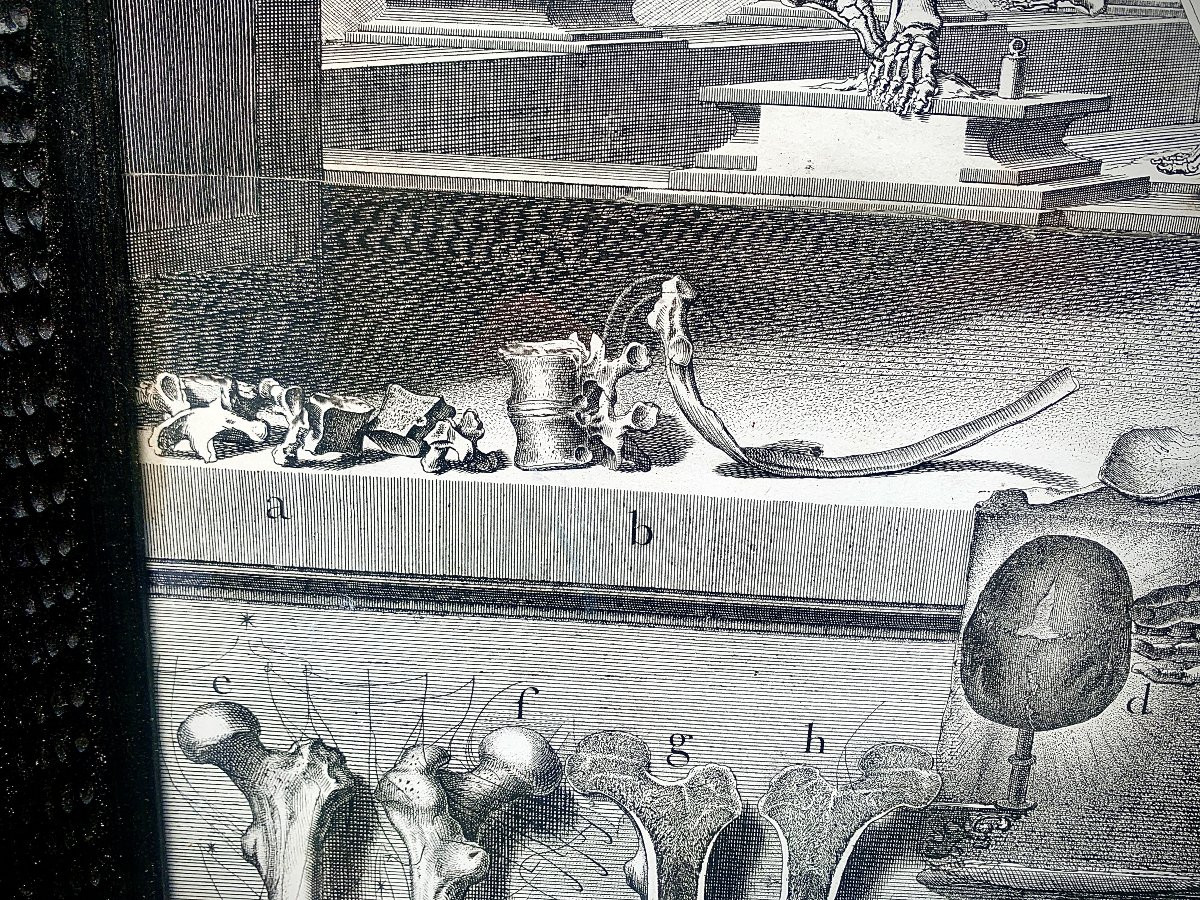
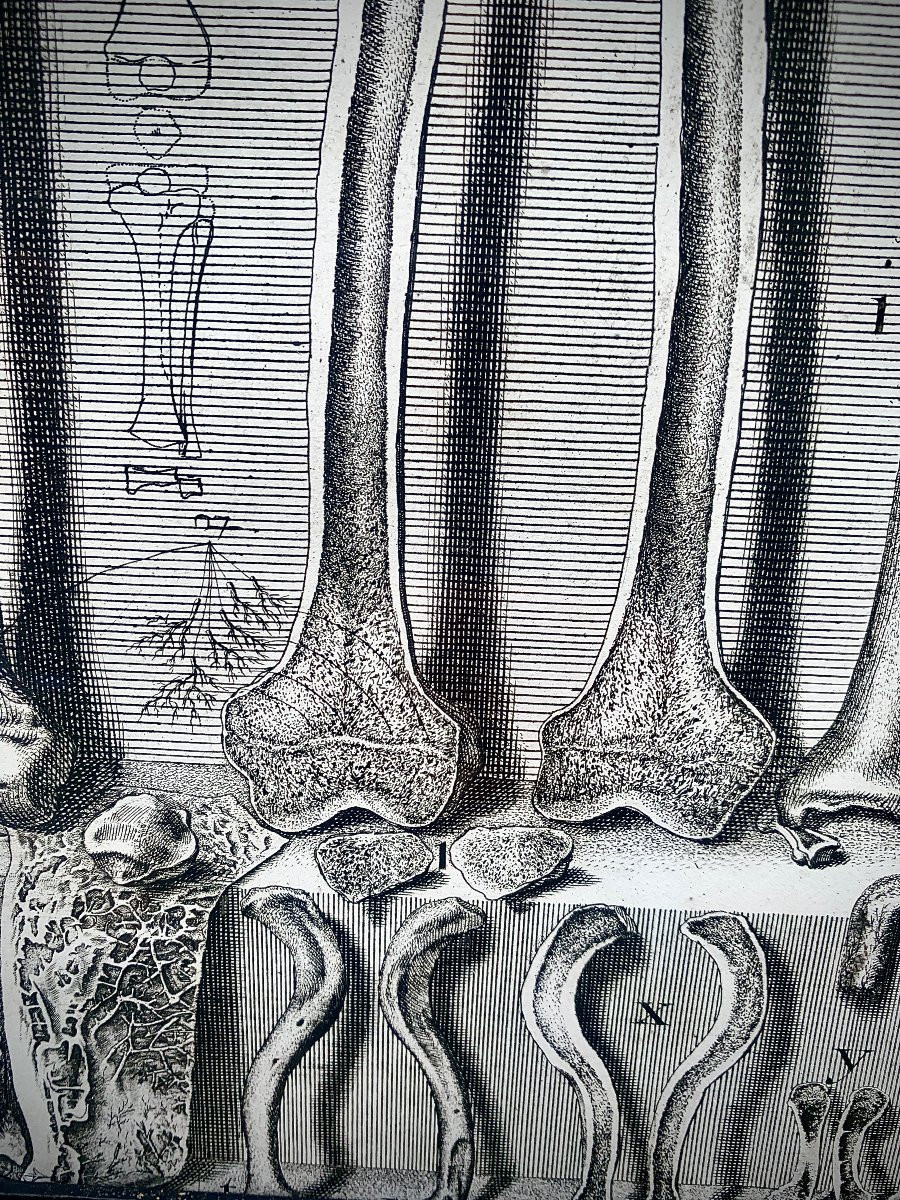
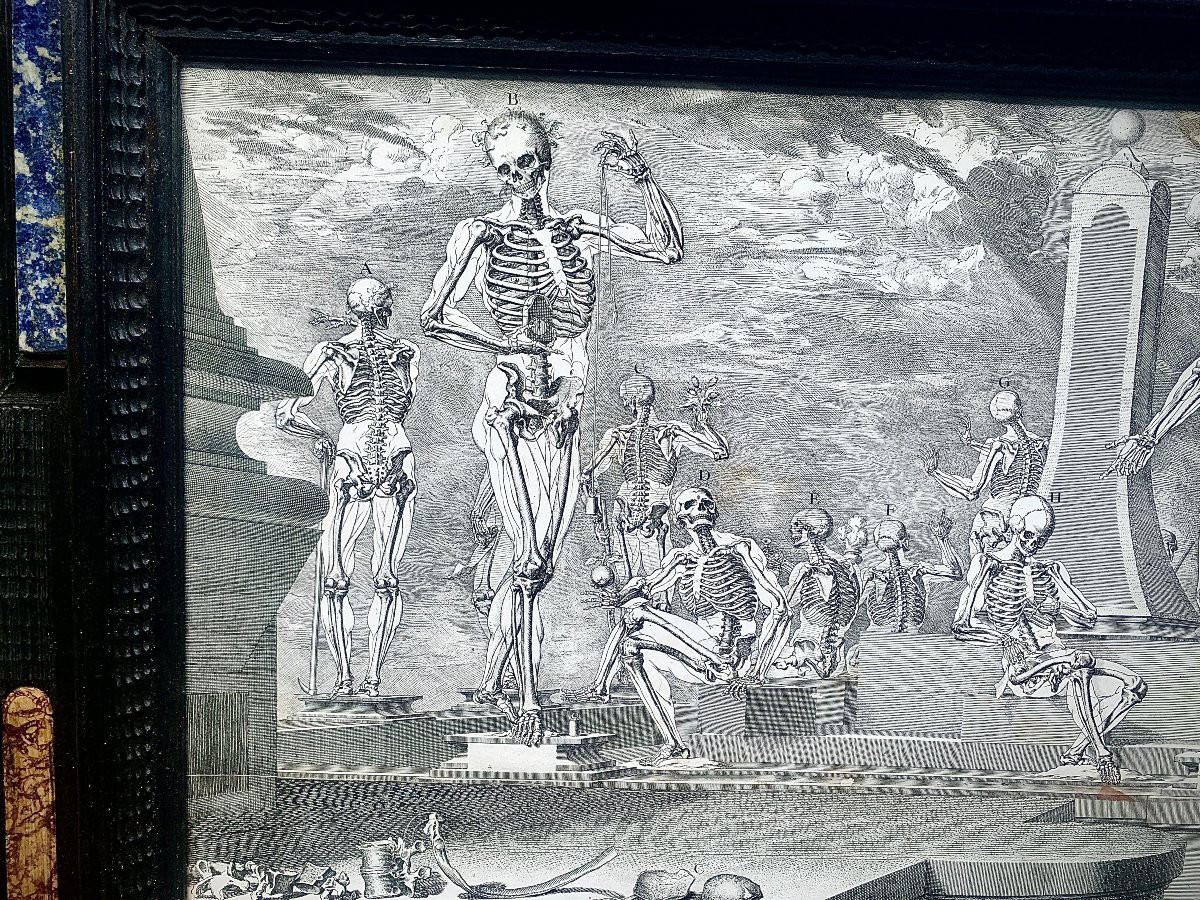


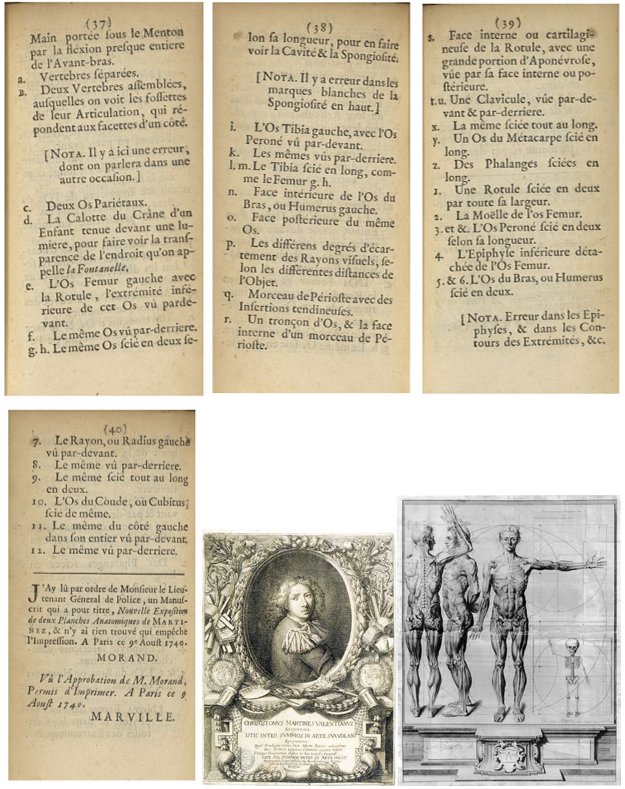
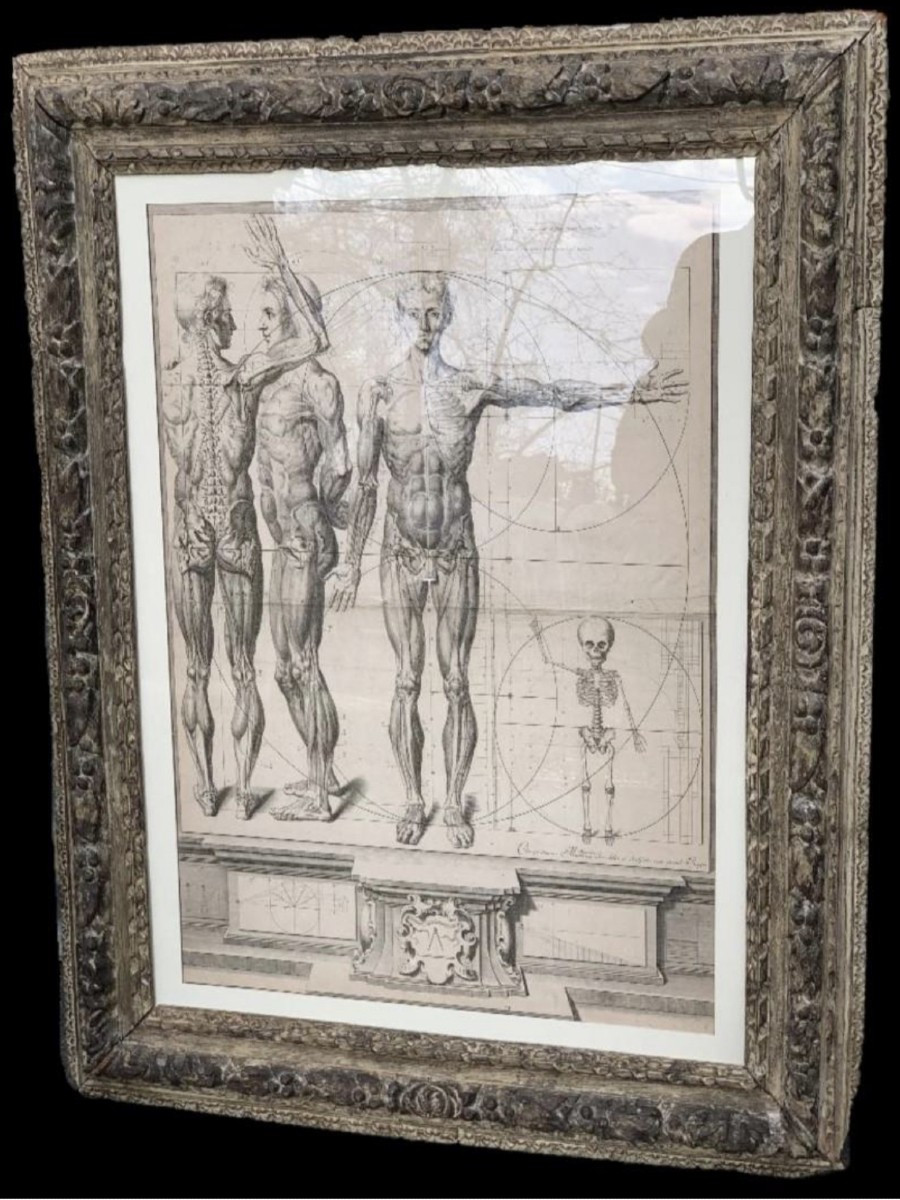
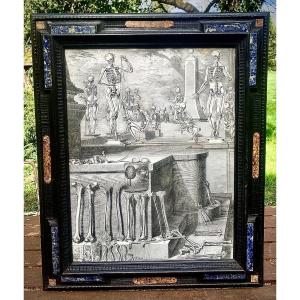














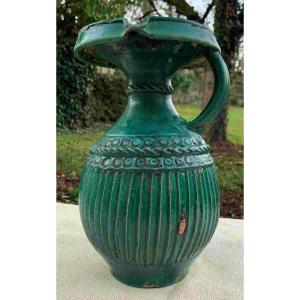



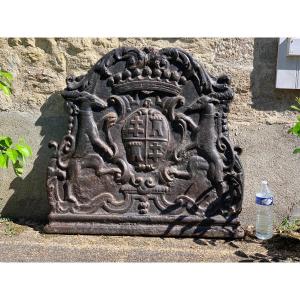



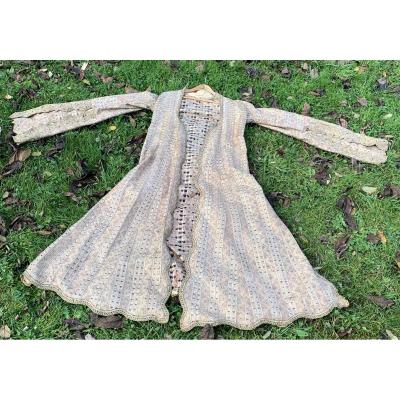


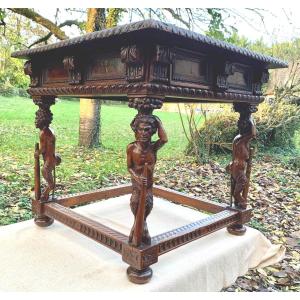


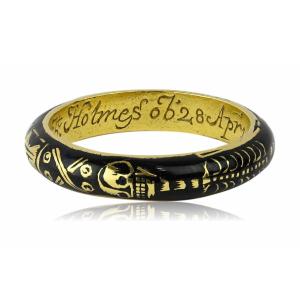






 Le Magazine de PROANTIC
Le Magazine de PROANTIC TRÉSORS Magazine
TRÉSORS Magazine Rivista Artiquariato
Rivista Artiquariato